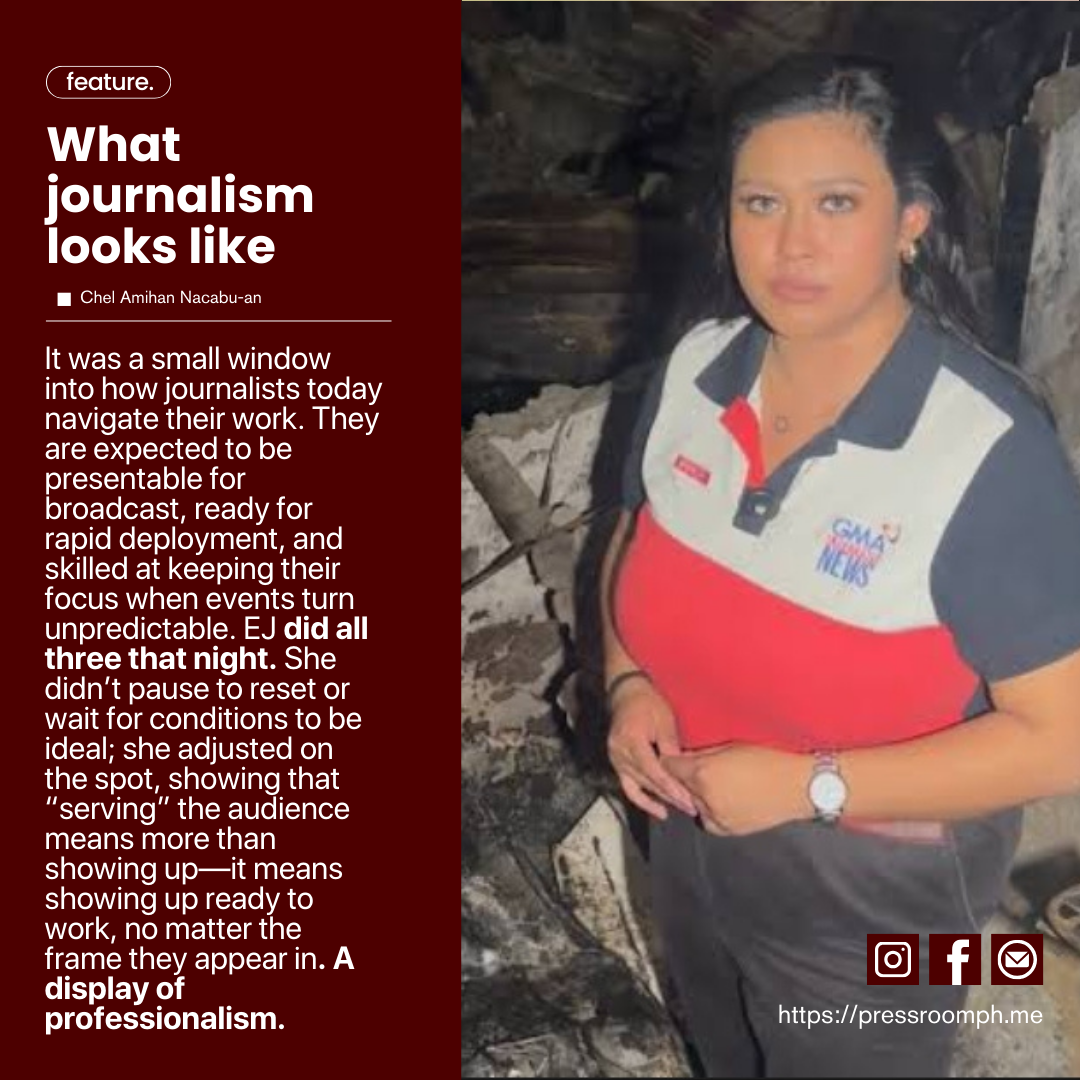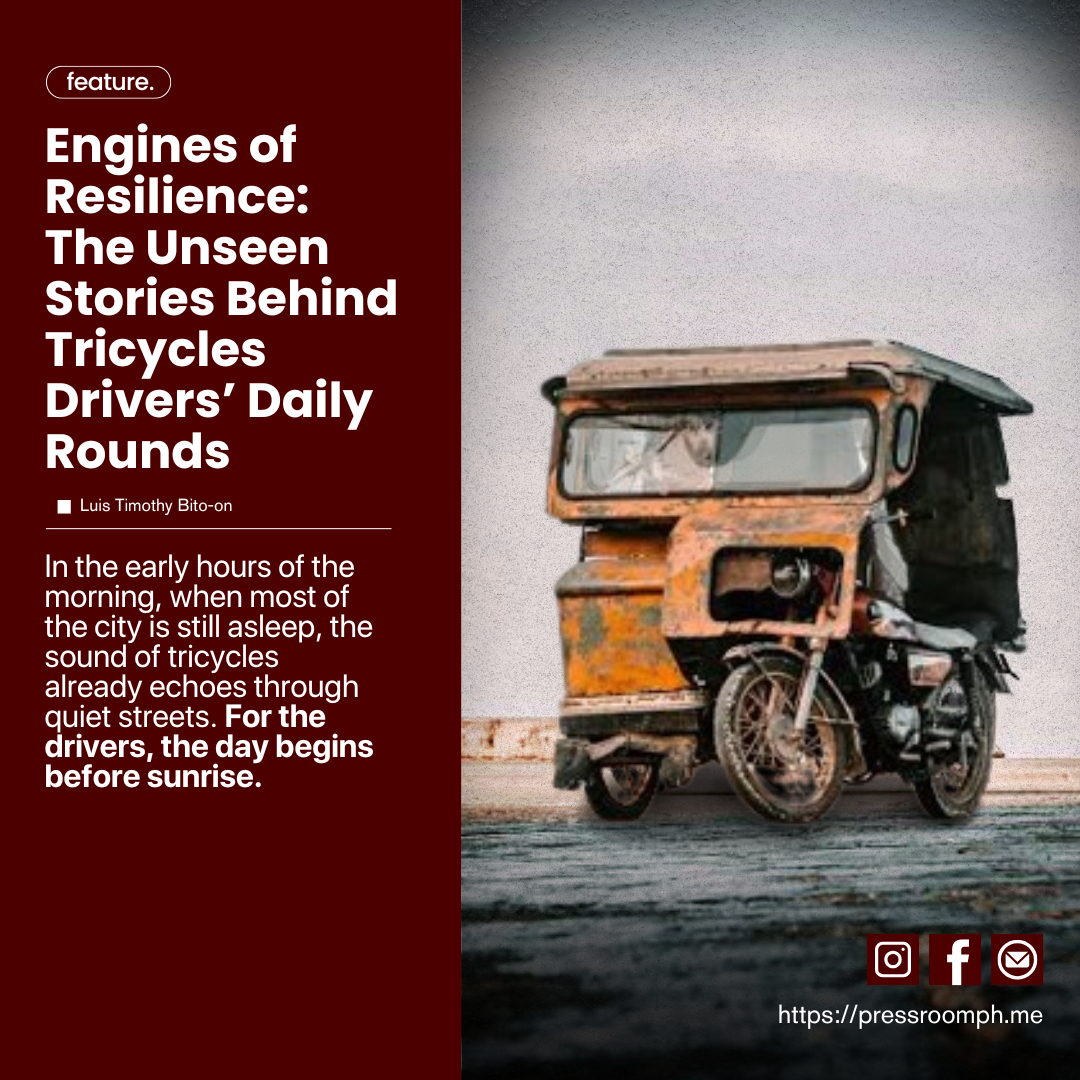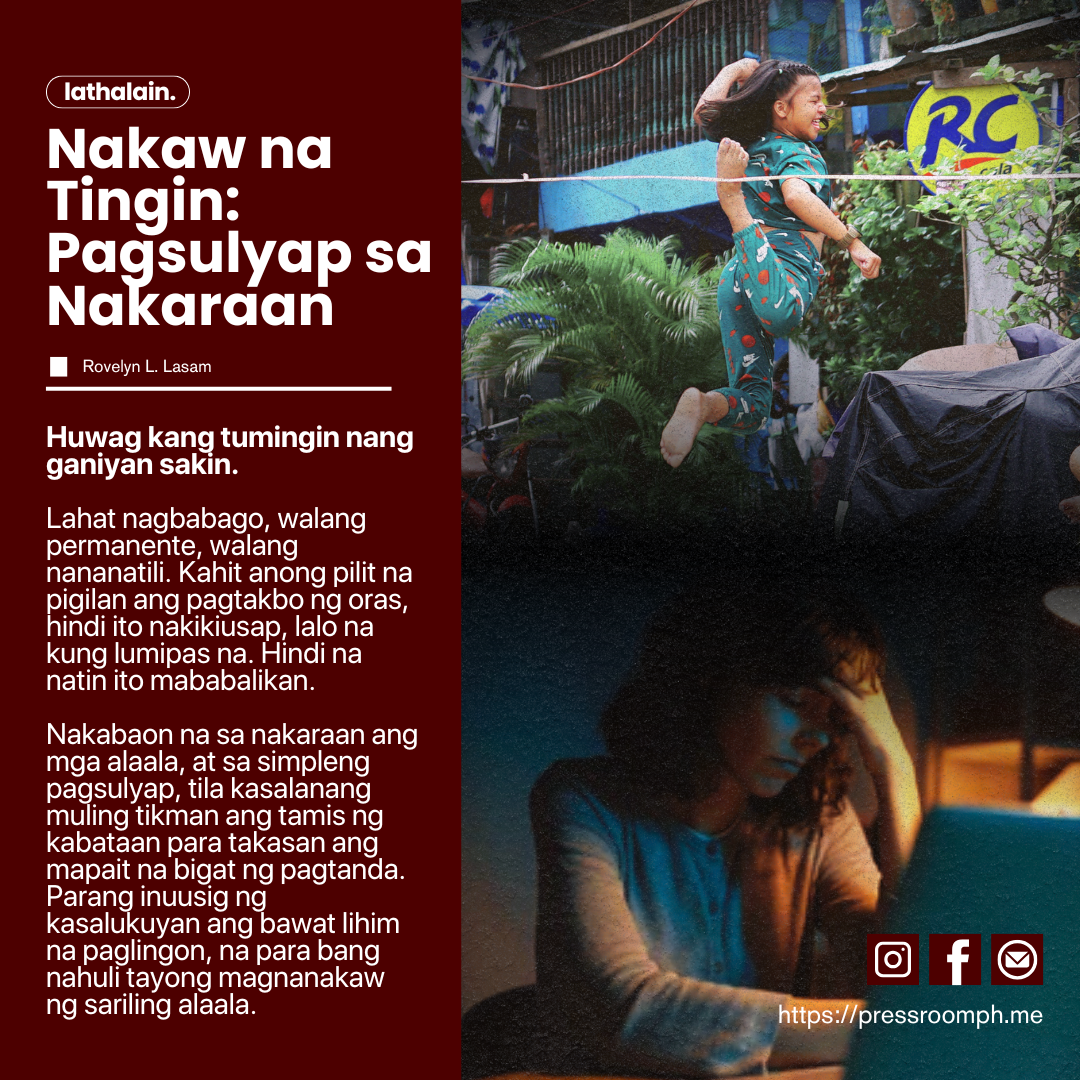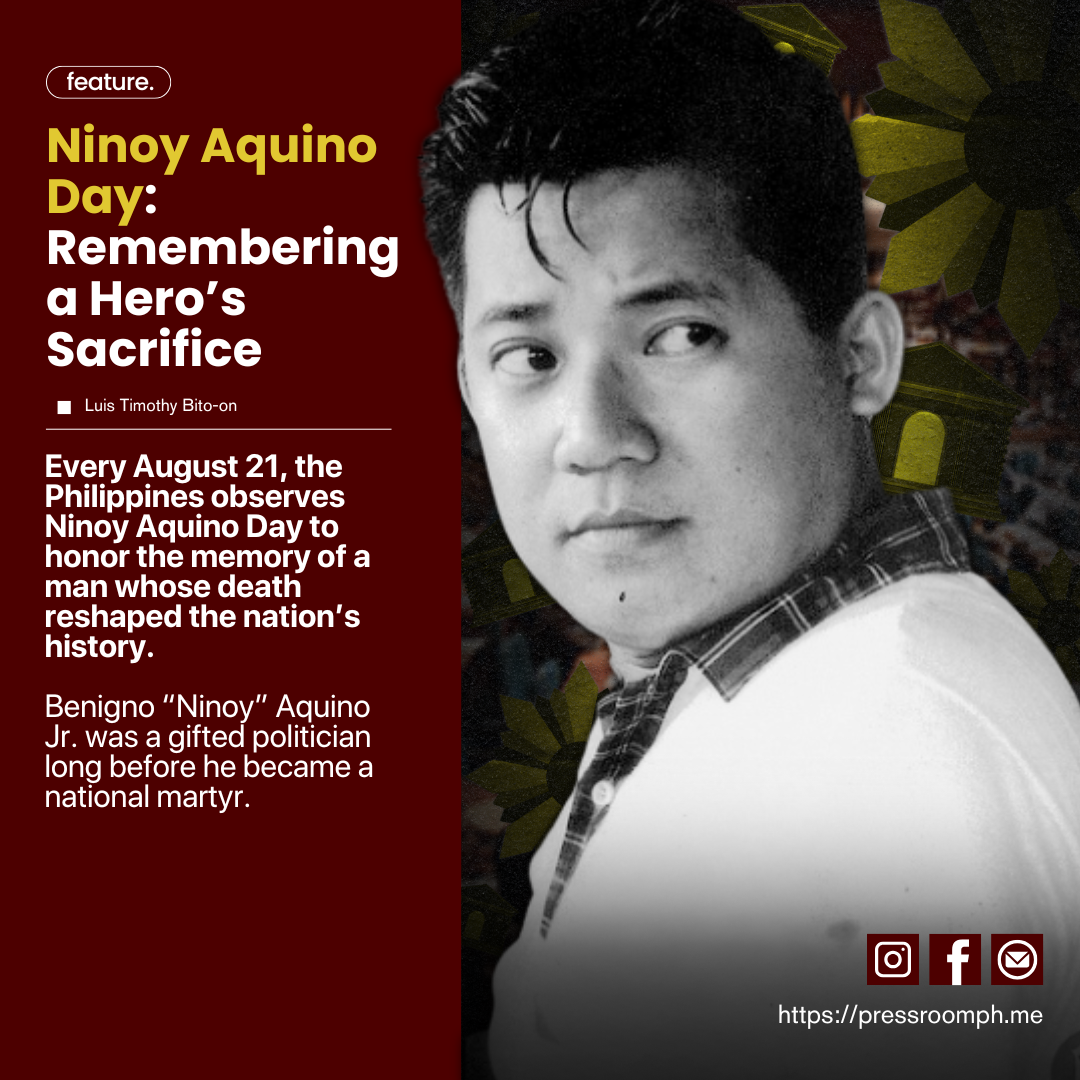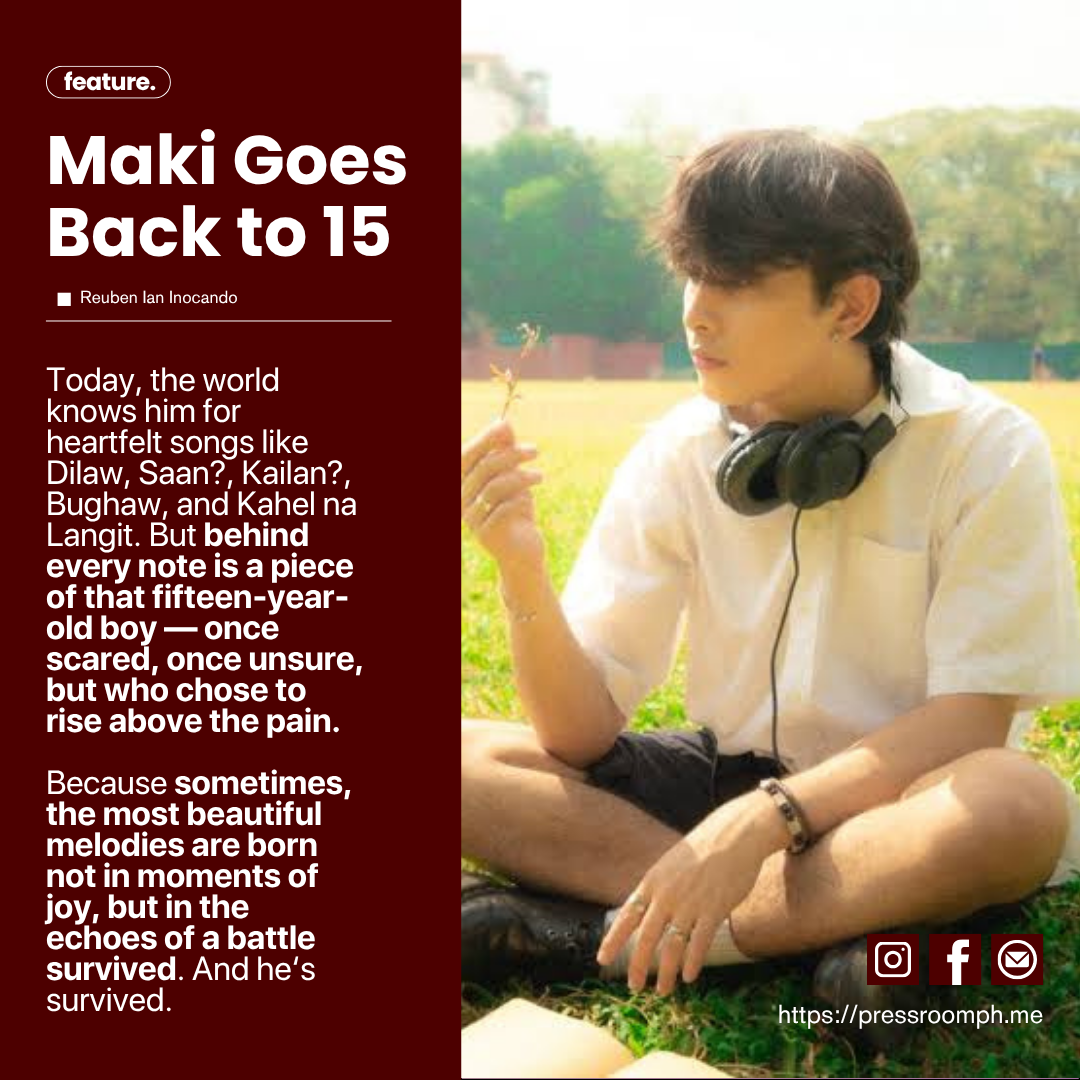There was the viral origin of her reputation: a news anchor delivering storm-ravaged updates with perfect makeup intact. The internet dubbed her the “mystery setting spray girl.” It was funny, fleeting, a meme. Yet beneath the humor lay something more substantial: someone who knew that credibility isn’t mascara-deep but rests on accuracy and urgency.
That’s why her recent coverage stood out—how she carried the work. Whether she’s holding a microphone in the middle of a quiet press briefing or in the chaos of a breaking story, Eireene Jairee "EJ" Gomez shows what it means to be a journalist in 2025—adaptable, visible, and fully aware of the public she serves.
Always ‘serving’
The clip that made rounds online showed EJ reporting from the scene of a residential fire. Viewers noticed the contrast between her polished appearance and the urgency of her surroundings, but what kept their attention was how she delivered the news—clear, concise, and free from the distractions happening just off-camera.
It was a small window into how journalists today navigate their work. They are expected to be presentable for broadcast, ready for rapid deployment, and skilled at keeping their focus when events turn unpredictable. EJ did all three that night. She didn’t pause to reset or wait for conditions to be ideal; she adjusted on the spot, showing that “serving” the audience means more than showing up—it means showing up ready to work, no matter the frame they appear in. A display of professionalism.
Her coverage that night became a point of conversation not just for its novelty but for what it revealed about the profession’s demands. Moments like these remind people that journalism is less about the image and more about the instinct, knowing when to step forward, and how to keep the focus on the story that matters.
Staying grounded
The online attention could have easily shifted the narrative toward her image, but EJ didn’t let it. In her Facebook post acknowledging the buzz, she offered thanks to those who shared kind words while redirecting the spotlight back to the story. It was a subtle move, but one that spoke volumes; recognition may come and go, but for her, the work stays the same.
Colleagues describe her as consistent, someone who treats every assignment—whether a primetime segment or a quiet local report—with the same level of care. That steadiness is professionalism; a way of resisting the pull of performative journalism, where attention can sometimes overshadow accuracy. Even when the viral moment could have been used to build a personal brand, she chose to let it fade into the background, allowing her body of work to speak for itself.
This choice reflects a quiet discipline, the belief that journalism is service, not self-display. By staying anchored to that principle, EJ turned what could have been a fleeting online trend into a reminder of the values that keep the profession credible.
EJ setting the pace
For those just entering the field, EJ’s approach offers a practical blueprint for navigating the realities of modern news work. She shows that being a journalist today means more than mastering interviews or writing sharp leads but rather developing the agility to respond when the story shifts, the judgment to know what matters most, and the discipline to keep yourself out of the narrative unless you are part of it.
Her viral moment, while entertaining to the public, quietly illustrated these traits. It showed readiness without theatrics, visibility without self-promotion, and adaptability without compromise. These are not skills taught in a single newsroom seminar; they are habits built over years of showing up, listening, and refining the craft.
EJ’s example reassures younger reporters that it’s still possible to do the work well without bending to every trend. The lesson is simple: your most enduring headline will be the trust you leave behind.
Her work is a reminder that journalism, at its core, is still about showing up for the public—whether the audience is watching from a television set, scrolling through a feed, or catching a live broadcast in the middle of the night. Her ability to navigate shifting contexts without losing focus is not a trick for the cameras but the result of treating every assignment as worthy of her full attention.
It tells young reporters, viewers, and even colleagues that the standards of accuracy, readiness, and humility still matter. The medium may be evolving, but the values that keep it trustworthy are not.
She doesn’t just show what journalism looks like—she shows why it matters.
